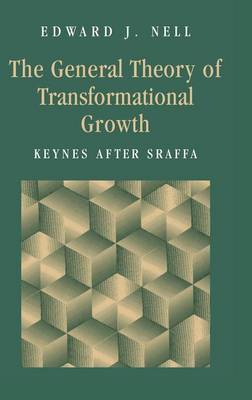For the last century, economic analysis has been wedded to the idea of equilibrium, in spite of the evident fact that most economic relationships are in flux. The theory of transformational growth in this work replaces equilibrium with history. The role of the market is not to allocate resources, but to generate innovations, which are 'selected' by competition in an evolutionary process. These innovations in turn change the way markets work and how they adjust, thus creating new problems and new kinds of pressures to innovate. Different historical periods can be distinguished with a new one perhaps on the horizon. In each a distinctive style of technology prevails, associated with corresponding institutions and patterns of market behavior. The core relationships provide the foundations for a theory of monetary circulation, which makes possible a revised Keynesian approach, based on Classical foundations.
- ISBN13 9780521590068
- Publish Date 13 July 1998
- Publish Status Active
- Out of Print 7 May 2024
- Publish Country GB
- Imprint Cambridge University Press
- Format Hardcover
- Pages 816
- Language English
